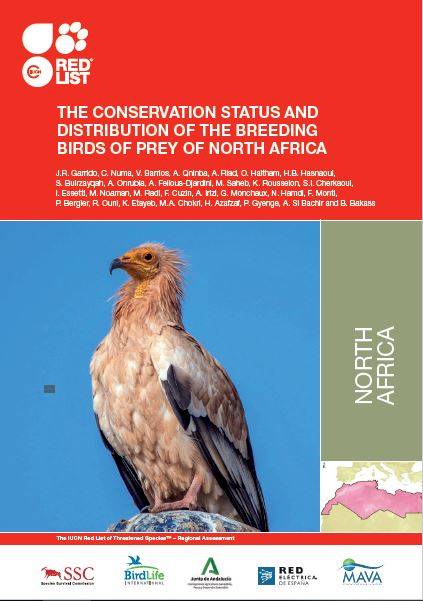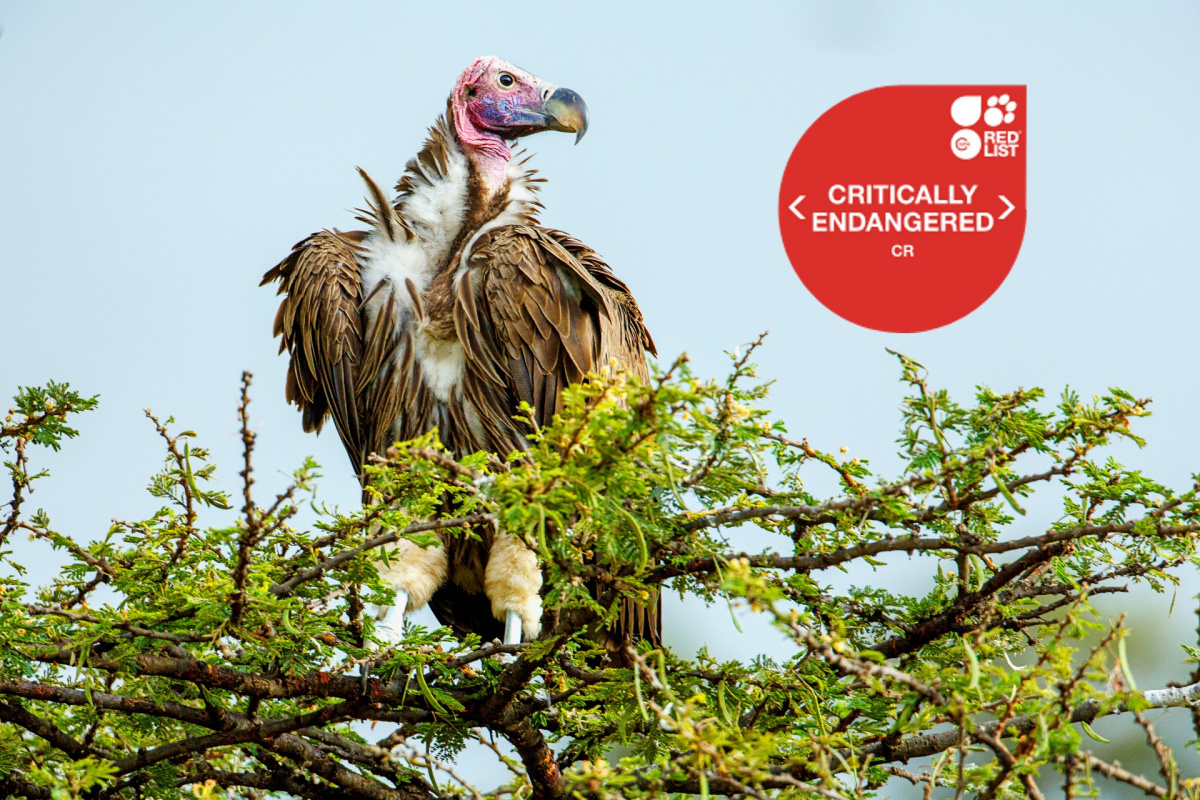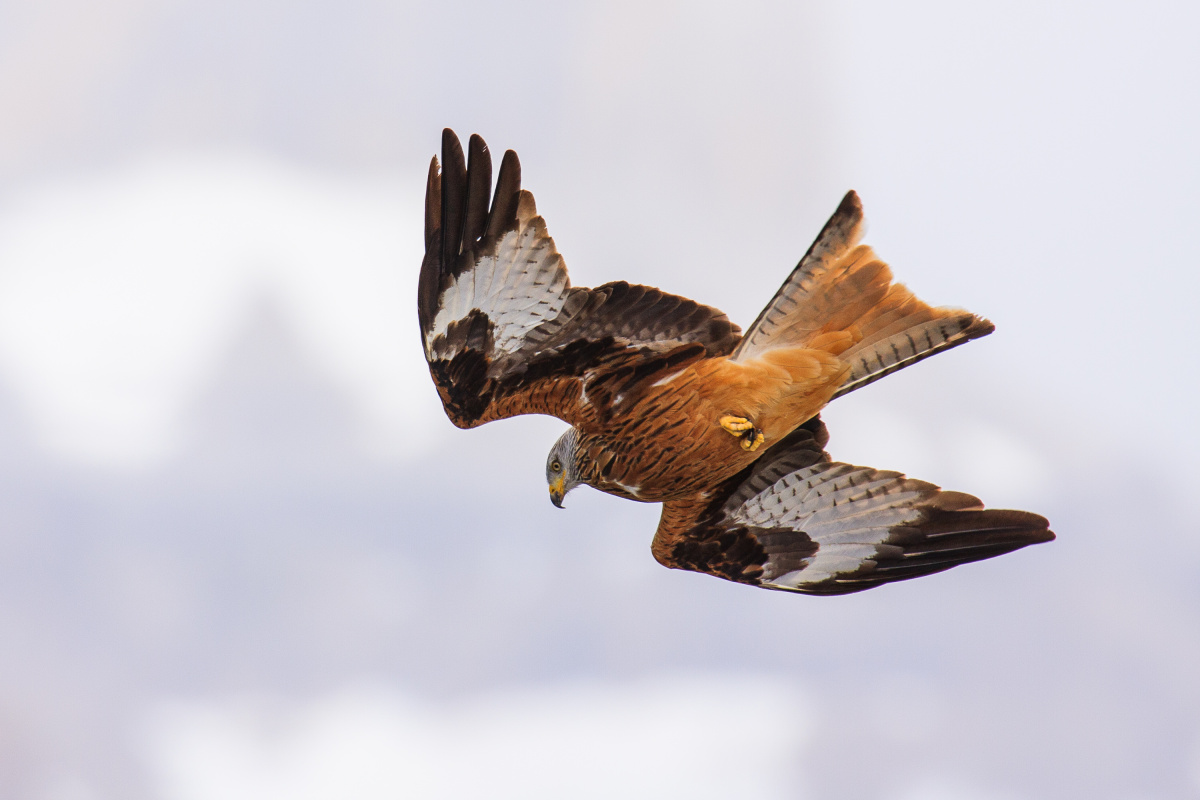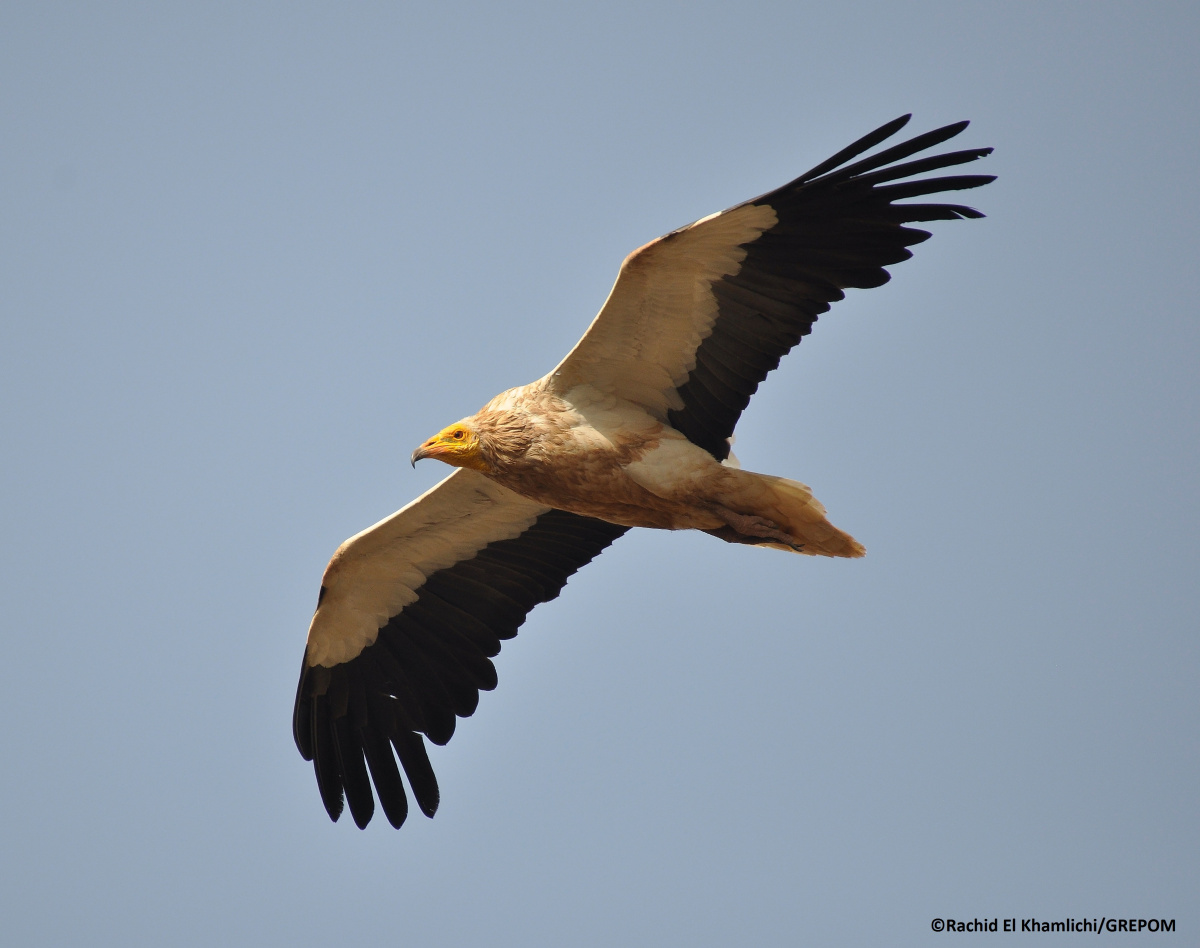Half of raptors breeding in North Africa are threatened with extinction – IUCN report
The first Red List assessment of raptors in North Africa presents an overview of the conservation status for 36 species of birds of prey breeding in the region.
Read the report here:
https://portals.iucn.org/library/node/49778
 Photo: IUCN
Photo: IUCN
The current main threats to North African birds of prey are illegal killing and trade, poisoning, and interaction with infrastructure such as power lines, which are reducing breeding populations. Another important threat is the use of pesticides and rodenticides in agriculture, which can have a negative impact on breeding success, reduce prey density and lead to secondary poisoning by consumption of contaminated corpses. In addition, loss of forest habitats, agroecosystems and wetlands is another major threat to raptors in the North African region, in one way or another potentially affecting most of the species present there.
The report also highlights a consistent scarcity of data concerning raptors in the North African region. There is a significant lack of information on distribution, population size and trends, as well as threats, with 42 % of species with unknown population trends.
“Despite the limitations of current conservation knowledge, it is clear that a strategy is urgently needed to protect raptors in North Africa. A failure to act soon could result in the collapse of the regional populations of birds of prey and maybe of the numerous ecosystems in which raptors play a key role.” highlights Hichem Azafzaf, scientific program coordinator of the association Les Amis des Oiseaux (AAO/BirdLife Tunisia).
This assessment aims to provide a baseline for developing conservation and monitoring actions of breeding populations and their distribution in order to understand their conservation status and to determine, protect and manage potential breeding sites and key dispersal areas.
“Species management can only be effective with a clear understanding of the conservation status of the taxa that we aim to protect. It is therefore necessary to make collaborative research and monitoring, especially on the size and distribution of breeding populations and the specific impact of threats on them. We need to fill these gaps if we truly want to preserve birds of prey’s biodiversity in North Africa”, commented Fabrice Cuzin, focal point for the preparation of the National Strategy for Conserving the Birds of Prey of Morocco.
Key species for ecosystem functioning
Birds of prey are key organisms for ecosystem functioning, providing several environmental services vital to human well-being, such as rodent pest control, removal of dead animal remains through scavenging, and wealth generation through ecotourism. Furthermore, they are fundamental elements in the food web as apex predators and scavengers, which make them good indicators of ecosystem’s health.
This publication has been coordinated by the IUCN Centre for Mediterranean Cooperation (IUCN-Med), whose main function since its creation in 2001 in Malaga has been to assess the regional conservation status of selected taxonomic groups. The Red List of North African Birds of Prey is the 14th publication in the series.
“Better knowledge about biodiversity, including threats and appropriates conservation measures, will help drive conservation actions. This Red List is further evidence that efforts to halt biodiversity loss in the region need a major boost in the coming years to safeguard the natural capital for future generations”, explains Antonio Troya, Director of IUCN Centre for Mediterranean Cooperation.
“The Conservation Status and Distribution of the Breeding Birds of North Africa” is part of the activities of IUCN-Med contributing to the MAVA Action Plan M7-Reducing mortality of migratory birds and vultures. A joint effort of BirdLife International, the Vulture Conservation Foundation (VCF), Tour du Valat, Euronatur, WWF-Spain and WWF-Greece aiming to improve bird habitats and minimise or eliminate the intentional and accidental killing of priority bird species.
The report has been made possible thanks to the support of Red Eléctrica de España and MAVA Foundation.
For further enquiries, please contact Catherine Numa.






